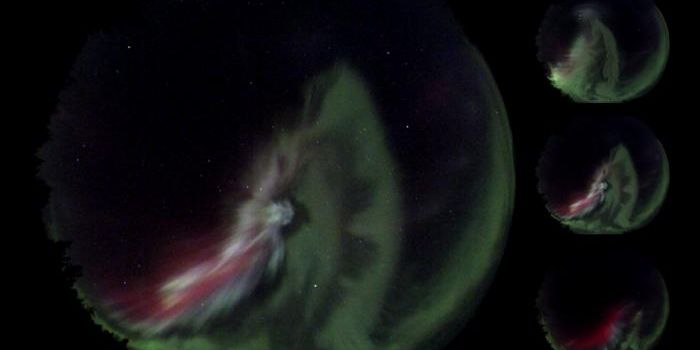How much radiation do super flares emit?
Research from the University of North Carolina at Chapel Hill published in Astrophysical Journal contemplates the amount of radiation that is released from the UV light from giant stellar flares. Super flares are explosions of energy ranging from 10 to 1,000 times bigger than the largest flares from our sun. The amount of radiation coming from such flares can make a planet uninhabitable for life.
This research comes as a part of the ongoing investigation to find life on other planets. The question scientists pose relates to the ways that super flares in other solar systems would impede other planets’ ability to host life.
In conducting their study, the team used the UNC-Chapel Hill Evryscope telescope array and NASA's Transiting Exoplanet Survey Satellite (TESS) to observe the largest sample of super flares at the same time. The team found a statistical relationship between the size of a super flare and its temperature in which the temperature predicts the amount of radiation emitted.
"We found planets orbiting young stars may experience life-prohibiting levels of UV radiation, although some micro-organisms might survive," said lead study author Ward S. Howard, who is a PhD candidate in the Department of Physics and Astronomy at UNC-Chapel Hill.
Super flares usually release the greatest amount of UV radiation during a peak climax that lasts usually only a duration of 5-15 minutes. In order to catch these peaks, the team recorded observations from the Evryscope and TESS every two minutes.
"Longer term these results may inform the choice of planetary systems to be observed by NASA's James Webb Space Telescope based on the system's flaring activity," said study co-author Nicholas M. Law, associate professor of physics and astronomy at UNC-Chapel Hill and principal investigator of the Evryscope telescope.
For example, their findings have already had an impact on the TESS Extended Mission, which aims to discover thousands of exoplanets in orbit around the brightest dwarf stars, by redirecting TESS to search for high priority flare stars.
Sources: Astrophysical Journal, Eureka Alert









